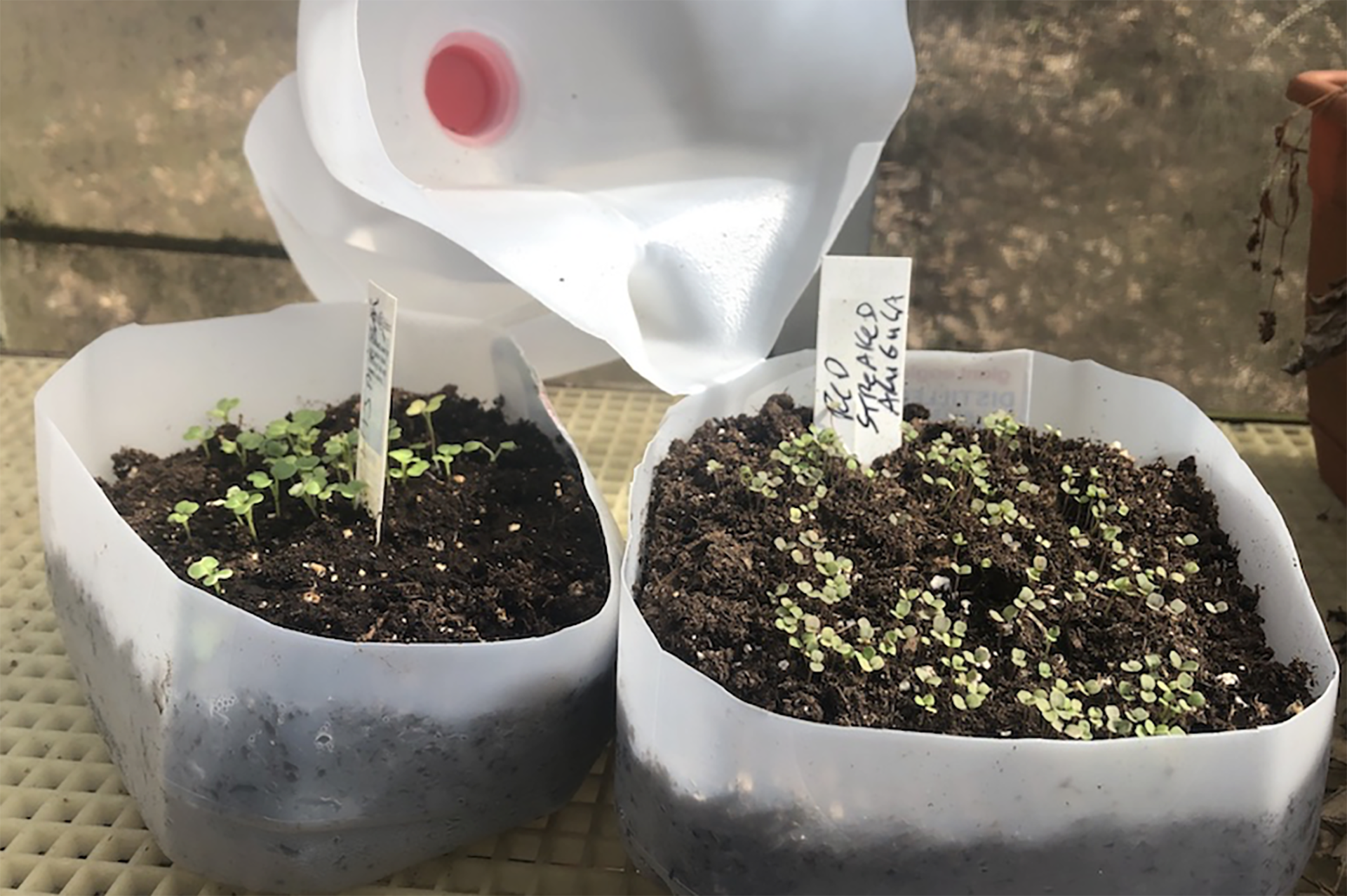
Gardening Green with Doug
Getting Started in the Garden
By Doug Oster
March 7, 2024
As the earliest spring bulbs emerge from hibernation, it’s the birds who also remind us of the change of seasons. The days are longer, the angle of the sun is higher and the mornings are filled with cheerful songbirds calling for a mate. The official start of the gardening season is different for everyone; it depends on what’s growing in the garden. Snowdrops, winter aconite, crocus, and hellebores are blooming throughout the region — for some gardeners they signal the beginning.
After a late winter, a freak thunderstorm woke me early one the morning, I looked out of the dining room window and was greeted by the first daffodil blooms of the season. In my mind, once they appear, there’s no turning back. The sight of those pretty ephemeral beauties is thrilling each spring. As the garden comes alive, jot down a few notes or take a photo of what’s blooming as a reminder of what’s in flower and where it is in the garden. When fall bulb planting time arrives, it’s a great way to know what to plant and where to plant the bulbs.
There’s still plenty of winter left, but this is a great time to get the garden moving in the right direction. It’s way too early to turn the soil, even on warm days, the ground is usually too wet to work. If the soil sticks to the shovel, leave it be until things dry out a bit. Before visiting the local nursery or ordering seeds online, take stock of what’s left over from seasons past. Many seeds will remain viable for years. My own ridiculous collection of seeds has varieties dating back to the 1980s.
The seeds can be tested by putting them in a moist paper towel, then into a re-closable plastic bag. Check on them in a week or so to see what’s sprouted, if it’s higher than 50 percent, they are fine to be sowed.
For all of us that are chomping at the bit, one of the easiest ways to get started is a technique called winter sowing. A container with drainage and a translucent or transparent lid is filled with moist planting mix. Often times gardeners use a one-gallon milk jug or clam shell containers from the grocery store, but there are lots of other options. In the case of the milk jug, it can be cut in half, but leaving a little bit to act as a hinge and acting as the removable top of the planter.
Sprinkle seeds on the moist planting mix, then lightly cover the seeds with more mix, close the top, and put the whole thing outside. The seeds will sprout when they are ready. Any seeds will work, the cool weather crops like lettuce will sprout first, followed by tomatoes and peppers when the time is right. Starting seeds indoors is a great way to get a jump on the season. Here’s a complete guide on how to get seeds started inside. Don’t start them too early, peppers could be sowed in a week or two followed by tomatoes. Beans, peas, many root crops, vine crops, and others are sowed directly in the ground as they resent being transplanted.
One of the most important chores to do out in the garden before planting is improving the soil. Adding organic matter like compost or well-aged animal manure to the area will create the best environment for plants to thrive. When varieties grow in nutrient rich soil, they fight off pests and diseases more readily. It’s easy to find good compost in either bags or bulk at any good nursery. There’s a wonderful gardening tradition of starting peas and other cold weather crops on March 17th, St. Patrick’s Day. If the soil isn’t ready yet, throw a bag of compost down and plant the seeds there. For the pea seed, soak them in water overnight to speed germination in the cool spring soil.
Radishes, lettuce, Swiss chard, spinach, beets, carrots, arugula, other greens, and many more cool weather seeds can be sown at the same time. Growing something unique is one of the reasons gardeners grow from seed and everyone has their favorites. Here are some of mine:
Direct Sowed Early
- ‘Shiraz Purple Snow’ pea from John Scheepers Kitchen Garden Seeds has pretty purple flowers, tasty deep purple pods and lasts longer than most when the weather gets warm.
- ‘Gustav’s Salad’ lettuce from Baker Creek Heirloom Seeds has a great history. From their catalog, “This heirloom was grown by a local man in the Dutch isles. He was known to deliver his signature lettuce variety in the basket of his bicycle, and he offered it in his small town for over 40 years.” I’ve grown it for years, it’s cold tolerant, even surviving the winter outside this season. It’s tasty and easy to grow.
- ‘Perpetual Spinach’ also from Baker Creek. This heirloom variety is technically a Swiss chard, but has a texture and flavor resembling spinach. It will thrive from March through October.
Direct Sowed Later
- ‘Monte Gusto Yellow’ pole bean from Kitchen Garden Seeds is one of the most prolific beans I’ve ever grown. It produces long, tasty pods that stay tender through the summer.
- ‘Orchid Flame’ nasturtium also from KGS is one of the most beautiful cultivars of the species. From the catalog, “Golden blooms are roughly edged, streaked and splotched in hot scarlet red.” It’s easy to grow, thrives in average soil and is a remarkable beauty.
Indoor Sowed
- ‘Buena Mulata’ pepper from Baker Creek. A unique and rare variety of hot pepper that is a true beauty and a favorite in my garden. From the catalog, “A chameleon-like pepper that undergoes color changes during ripening; from violet to pink, then orange changing to brown, and eventually to a deep red.”
- ‘Limbaugh Legacy Potato Top’ tomato, free from yours truly. The late Fred Limbaugh introduced me to this family heirloom. It produced big (1-3 lbs.) pink, meaty tomatoes with a wonderful old-fashioned flavor. To preserve this Pittsburgh heirloom, I ask gardeners to grow it out and send some seeds back to me. Growing and seed saving instructions are included.
Send a self-addressed stamped envelope to:
Doug Oster
Limbaugh Legacy Potato Top
P.O. Box 11013
Pittsburgh, PA, 15237
It’s time to get started again in the garden, as we edge closer to spring, there’s a feeling of hope and anticipation for all gardeners.
Free tickets to the Pittsburgh Home and Garden Show, Doug’s speaking schedule, and how to win a trip with Doug to Fallingwater.
I’ll be at the Home and Garden show every day from March 8 through 14th, but will not be appearing the last weekend.
I’m giving away the seeds for two special tomato varieties courtesy of my friends at Tomatofest. Com. They offer over 500 unique and wonderful tomatoes.
There will also be a place to enter to win a trip for two with me to Fallingwater for a In Depth Tour, which allows photography in the house, which is not usually permitted.
Here are the two tomato varieties:
‘Clint Eastwood Rowdy Red’- Seeds of this un-named variety were given to Gary from tomato breeder, Archie Millett, formerly with the University of California Davis, who crossed his favorite tomato varieties over many years to finally produce a disease resistant tomato with intense flavor. 'Clint Eastwood's Rowdy Red,' named by Gary Ibsen for Clint's participation in the Carmel TomatoFest, is an open-pollinated, tall, indeterminate, plant that produces lots of 2-inch (6-10 oz.), deep-red, round tomatoes with a subtle point on it's end. Fruits have robust, bold, complex flavors. Its fruity sweetness is perfectly balanced with plenty of acidity, earthy nuances, and complexity. Its firm, juicy flesh, invites snacking in the garden, cooking, canning, and seed-saving.
‘Julia Child’- Previously an unnamed family heirloom tomato. Seeds sent to Gary Ibsen of TomatoFest in 1997 who included them in his seed trials for 4 years. In 2001 he named the variety in tribute to his friend, famed cook and educator, Julia Child. TomatoFest introduced this heirloom tomato, Julia Child, commercially to North America in 2001. The tall, indeterminate, potato-leaf plant produces an abundant crop of 4-inch, deep-pink, lightly-fluted, beefsteak fruits that have the kind of robust, smack-you-on-the-palate tomato flavors and firm, juicy flesh that invites tomato feasting and seed-saving. Its flavors, similar to the enviable qualities of its namesake Julia, are bold, straight-forward, complex and contain more than enough acidity and earthy nuances to balance its luscious fruitiness. A suitable variety to include as a part of your own legacy of seed sharing — the loving gift of healthy food for generations to come.
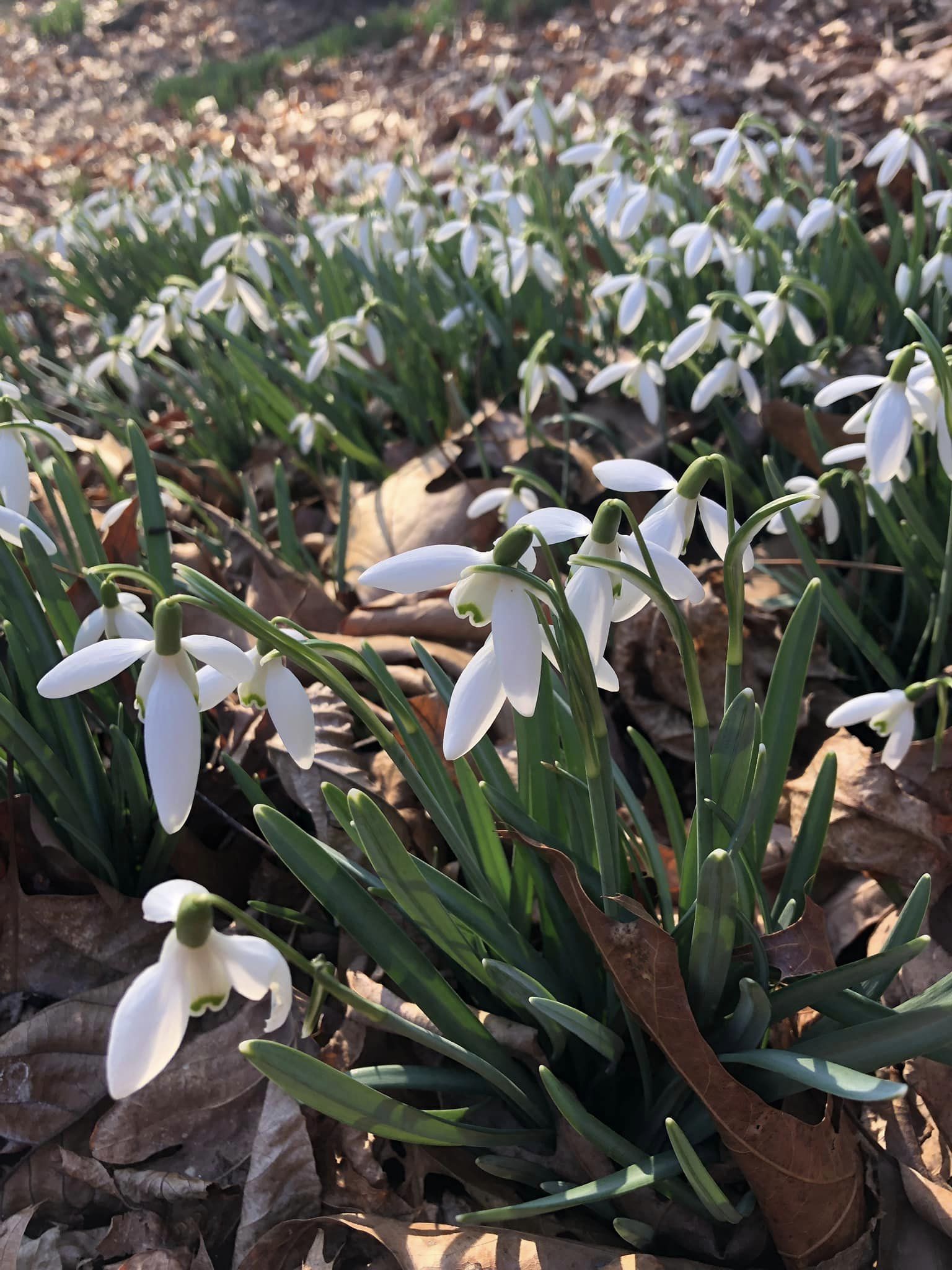
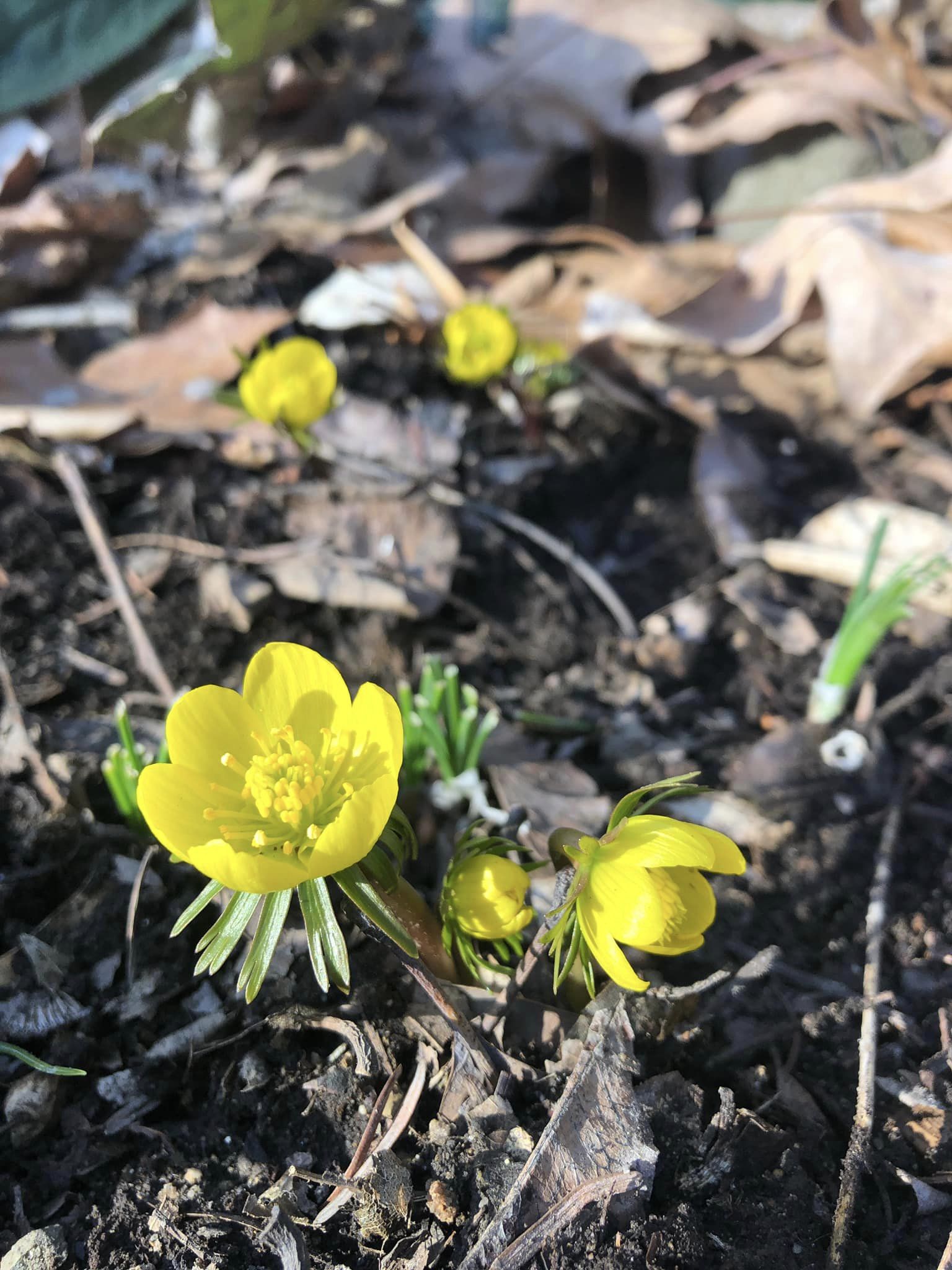
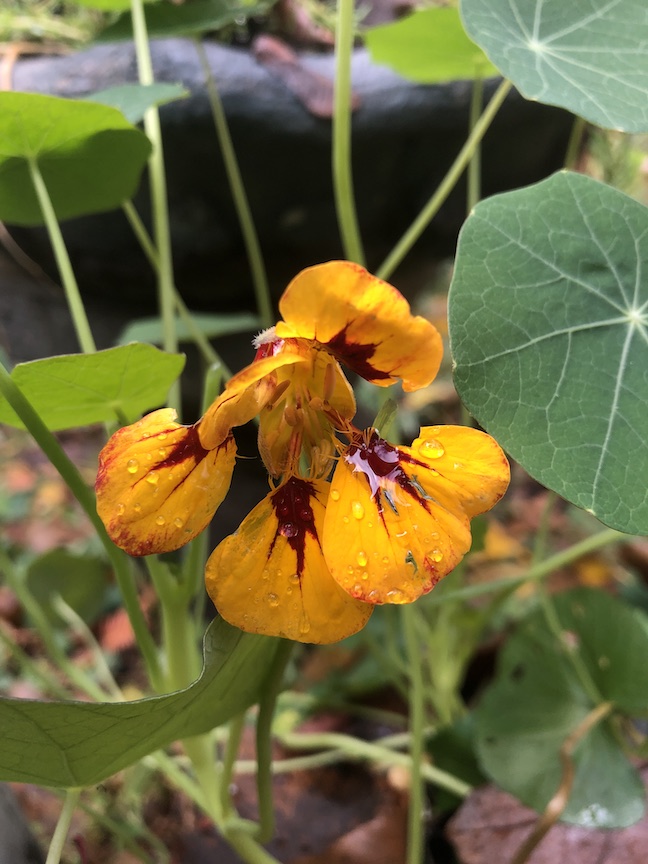
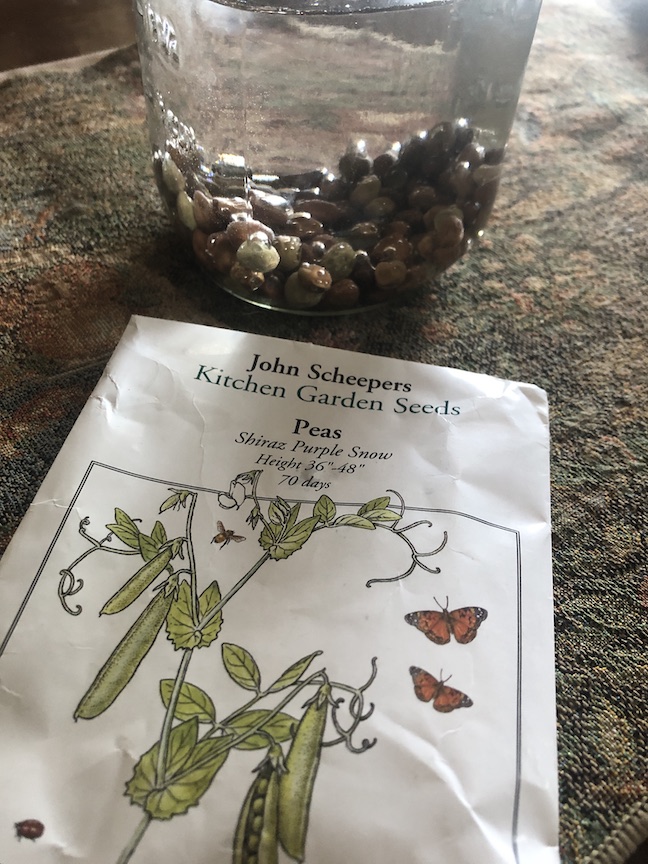
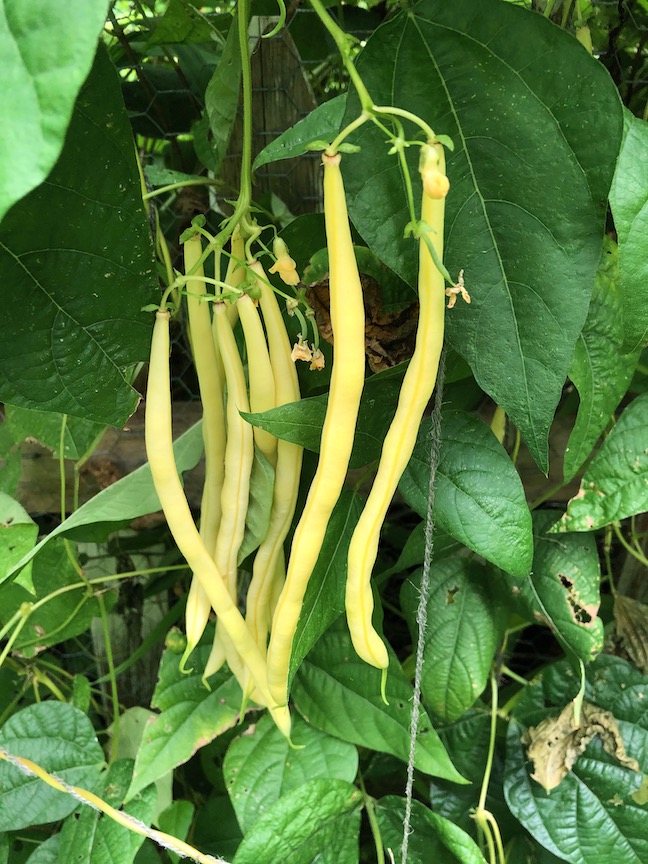
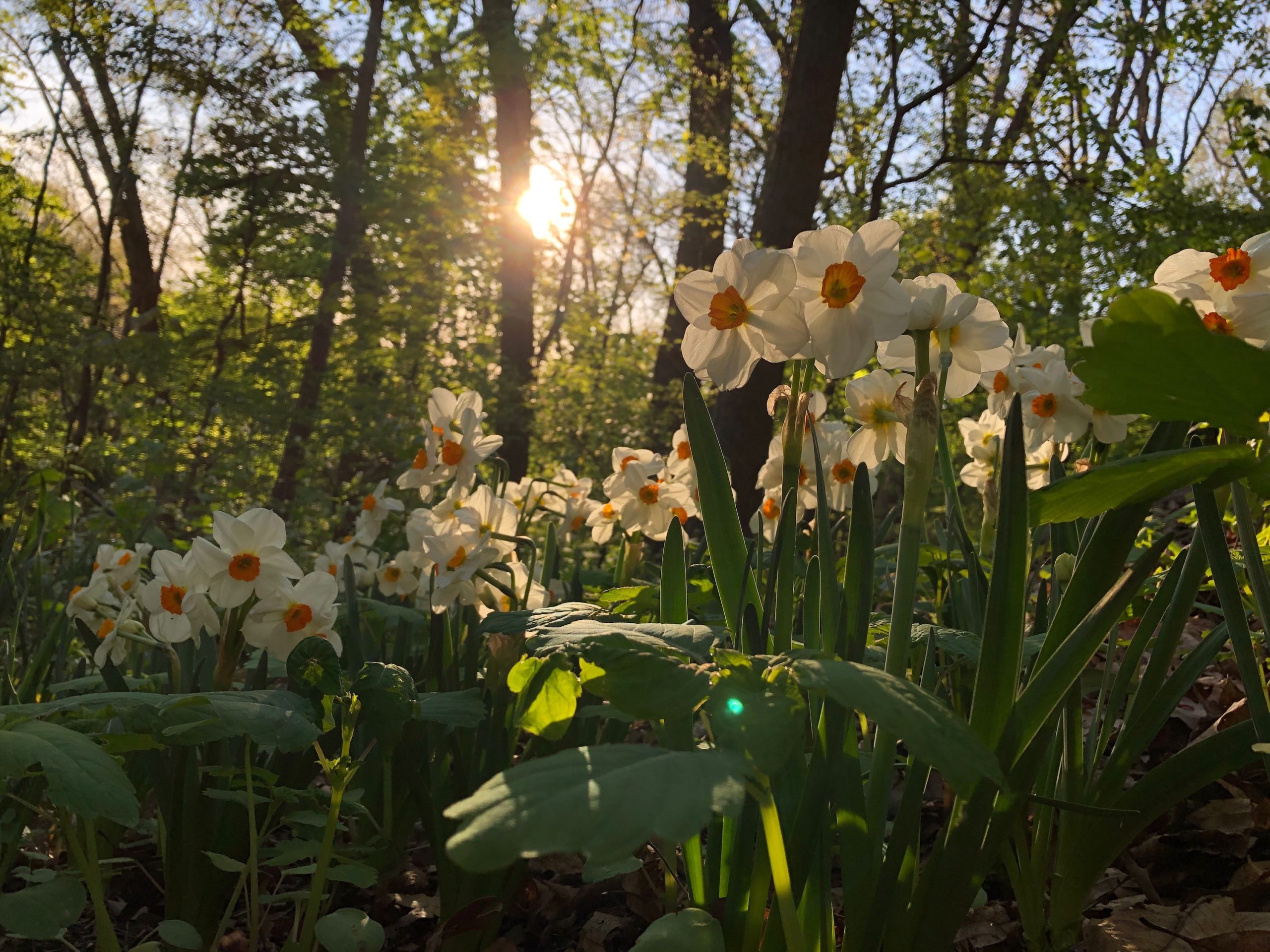

Hi Doug! Enjoyed the pictures and the planting advice. I’m one of those over-eager people who wants to start digging too early so all of your STOP! WAIT! messages help remind me.
Wish we could get to the home show but it’s a bit much for us these days.
Happy Spring!